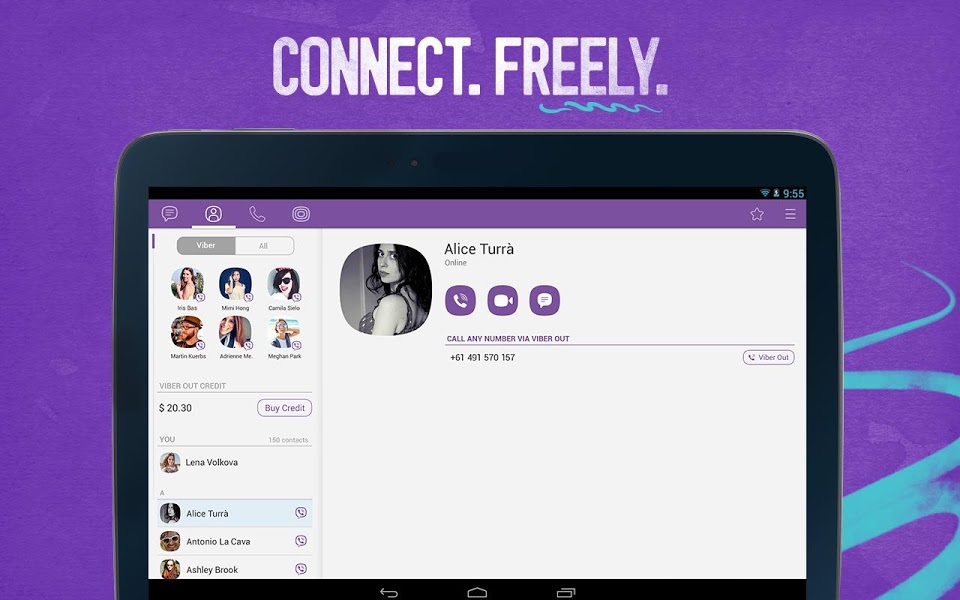

Offer guided selling where consumers are steered to products they might be interested in.Push out notifications about orders, shipping, returns, loyalty points, and more.Provide instant care and support to customers via interactive buttons, chatbots, or live agents.By leveraging Viber's enterprise variant - Viber Business Messages - brands are able to: In their business guises, these chat apps offer powerful CX-focused functionality as well as the potential for increasing conversion/loyalty rates, reducing abandoned carts levels, and transforming efficiency in key areas such as shipping and returns.Ī key player within this emerging sector is Viber, the private messaging platform that has over one billion users in 193-plus countries with massive user penetration in South East Asia (59%), Central and Eastern Europe (76%), and CIS (76%).

One solution are messaging platforms, the kind already used by folk day in, day out to chat with friends, family, and colleagues. However, this shift represents a serious CX challenge for brands, namely the need to offer the same great customer experiences enjoyed inside physical stores - think convenience and personalized service/conversations - but adapted and optimized for the digital space. For instance, 68% of US shoppers say they're likely to keep buying essential goods online after the health threats of COVID-19 have subsided, according to a recent Salesforce survey. Even with stay-at-home orders now slowly lifting globally, this shift is set to become permanent. With countries across the world restricting movement, e-commerce became an essential, and in some cases, vital service for consumers. Growth figures from eMarketer reveal between 20, more and more shoppers were happy to bypass their local mall and head straight to retailers online instead, whether they were consumers in China (up by 27.3%), US (14%), Canada (21.1%), or India (31.9%).Īnd then COVID-19 happened. Before the pandemic, e-commerce's success was already on the 'up and up'.


 0 kommentar(er)
0 kommentar(er)
